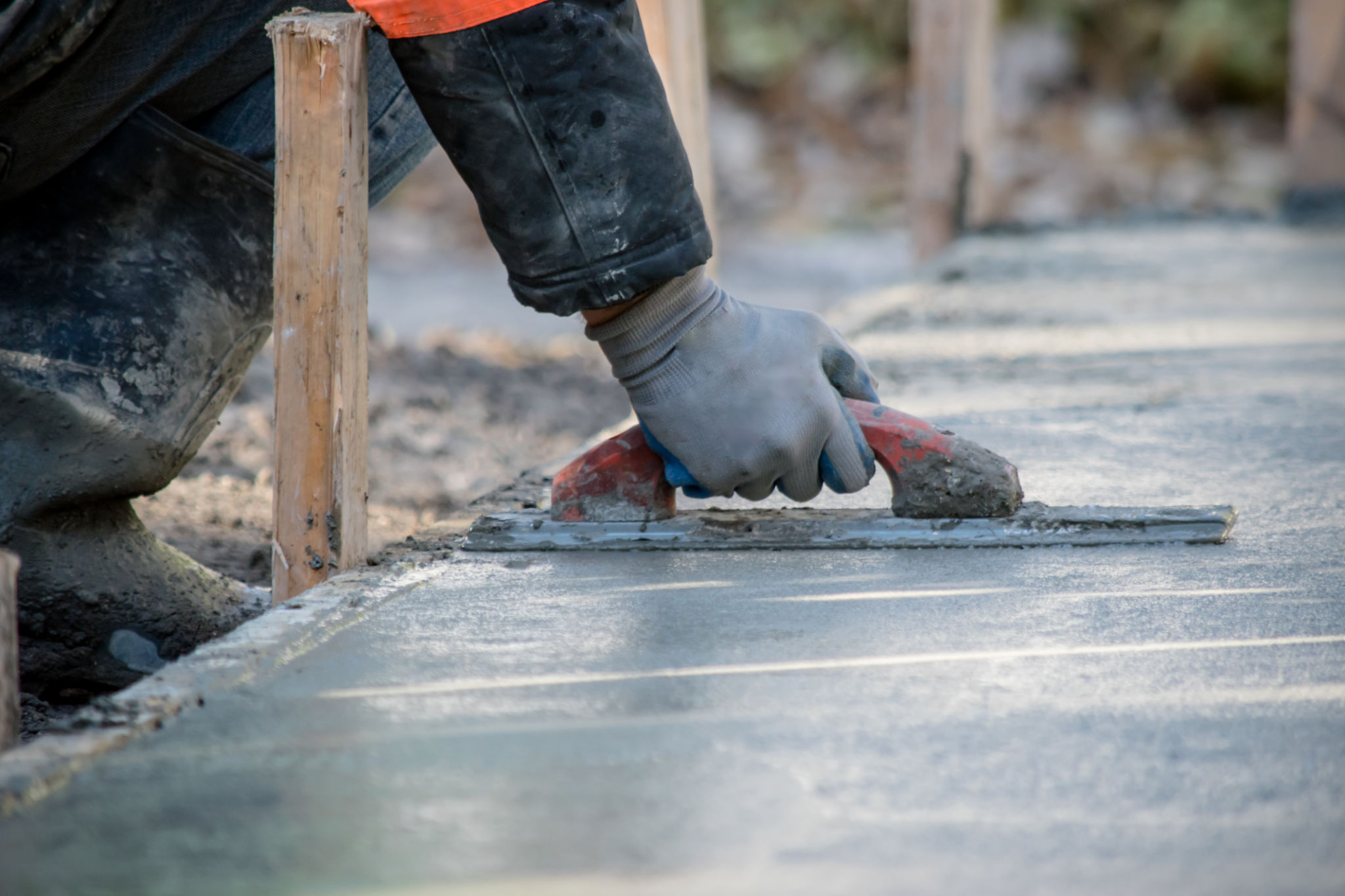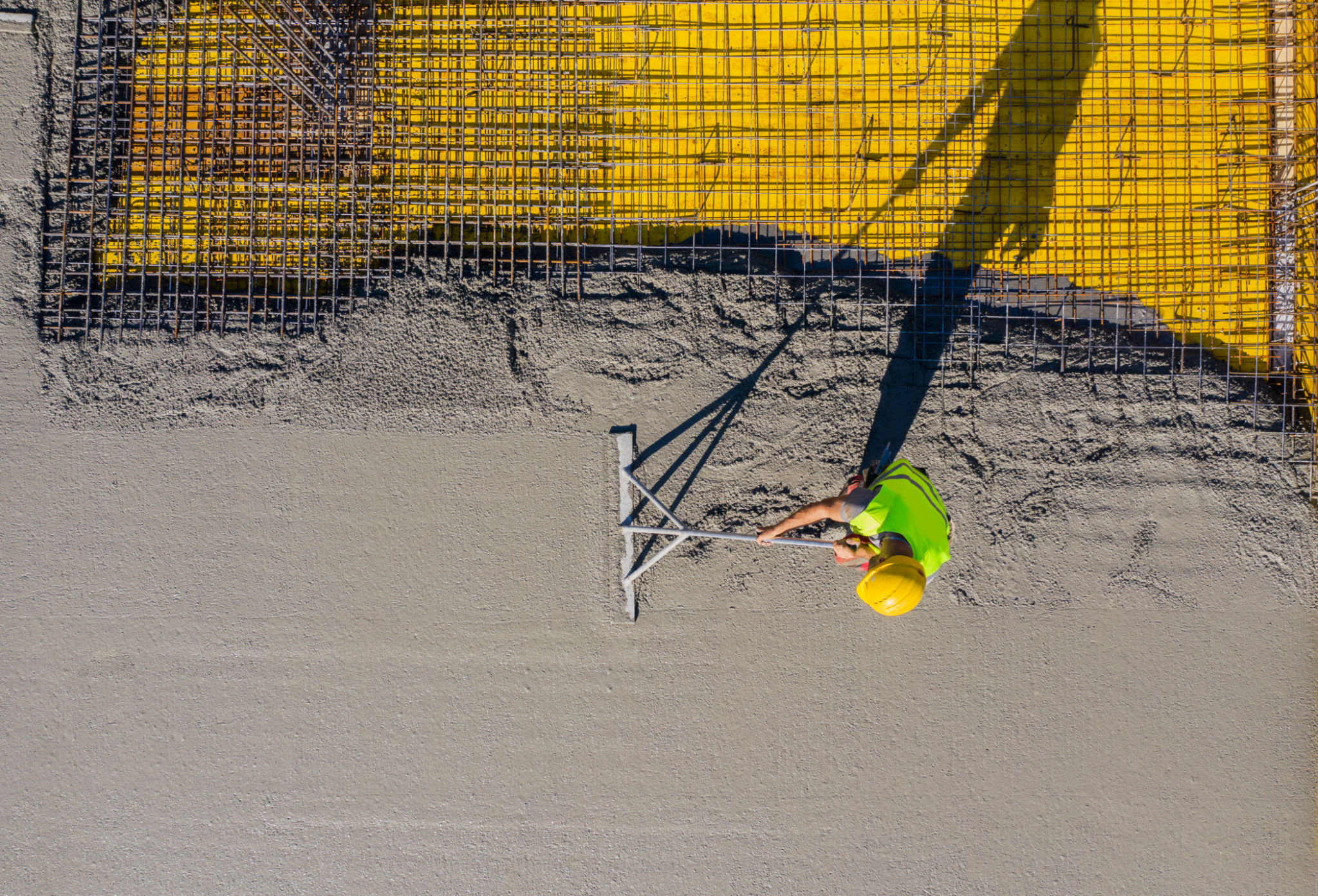Common Myths About Concrete Placing Debunked
RC
Understanding the Basics of Concrete Placing
Concrete is a versatile and durable building material, essential for various construction projects. Despite its widespread use, there are numerous myths surrounding concrete placing that can lead to misconceptions and errors. Here, we aim to debunk some of these common myths to help you achieve the best results in your concrete projects.

Myth 1: Concrete Sets Quickly
A prevalent myth is that concrete sets quickly, leading to rushed placements. In reality, concrete takes time to set and cure properly. While initial setting happens within a few hours, full curing can take up to 28 days. It's crucial not to rush the process, as proper curing ensures the strength and durability of the concrete.
To ensure proper curing, it's essential to maintain adequate moisture and temperature conditions. This involves keeping the concrete moist by covering it with wet burlap or using a curing compound. Patience during this phase is key to achieving a robust and long-lasting structure.
Myth 2: Any Weather is Suitable for Concrete Placing
Another myth is that concrete can be placed in any weather condition. While it's true that concrete can be placed in various climates, extreme weather conditions can significantly affect its quality. Cold temperatures can slow down the curing process, while hot weather can cause rapid evaporation of moisture, leading to cracks.

To combat these issues, it's important to adjust your methods according to the climate. In cold weather, using insulated blankets or heated enclosures can help maintain the necessary temperature for curing. During hot weather, consider placing concrete during cooler parts of the day and using sunshades or windbreaks to reduce evaporation.
Myth 3: Adding More Water Makes Concrete Easier to Work With
A common misconception is that adding more water to the mix will make concrete easier to work with. While this might temporarily improve workability, it severely compromises the strength and durability of the final product. Excess water leads to a higher water-cement ratio, resulting in weaker concrete.
Instead of adding water, use chemical admixtures specifically designed to improve workability without affecting the water-cement ratio. These admixtures can enhance the concrete's consistency and ease of placement without sacrificing its structural integrity.

Myth 4: Concrete Reinforcement Isn't Necessary for Small Projects
Some believe that reinforcing concrete is only necessary for large-scale projects. However, reinforcement is crucial even for smaller applications like patios or driveways. Reinforcement helps manage cracking and improves the load-bearing capacity of concrete structures, regardless of size.
Common reinforcement methods include using rebar or wire mesh. These materials provide additional tensile strength, preventing cracks from spreading and ensuring a durable finish. It's always better to invest in reinforcement upfront than to deal with potential repairs later.
Conclusion: Knowledge is Key
Understanding and debunking these myths about concrete placing can significantly impact the success of your construction projects. By knowing the facts and employing best practices, you ensure that your concrete structures are not only strong but also long-lasting. Whether you're a DIY enthusiast or a seasoned contractor, staying informed about these common misconceptions will guide you toward better results.